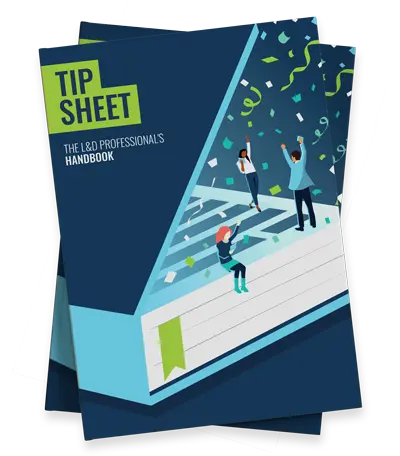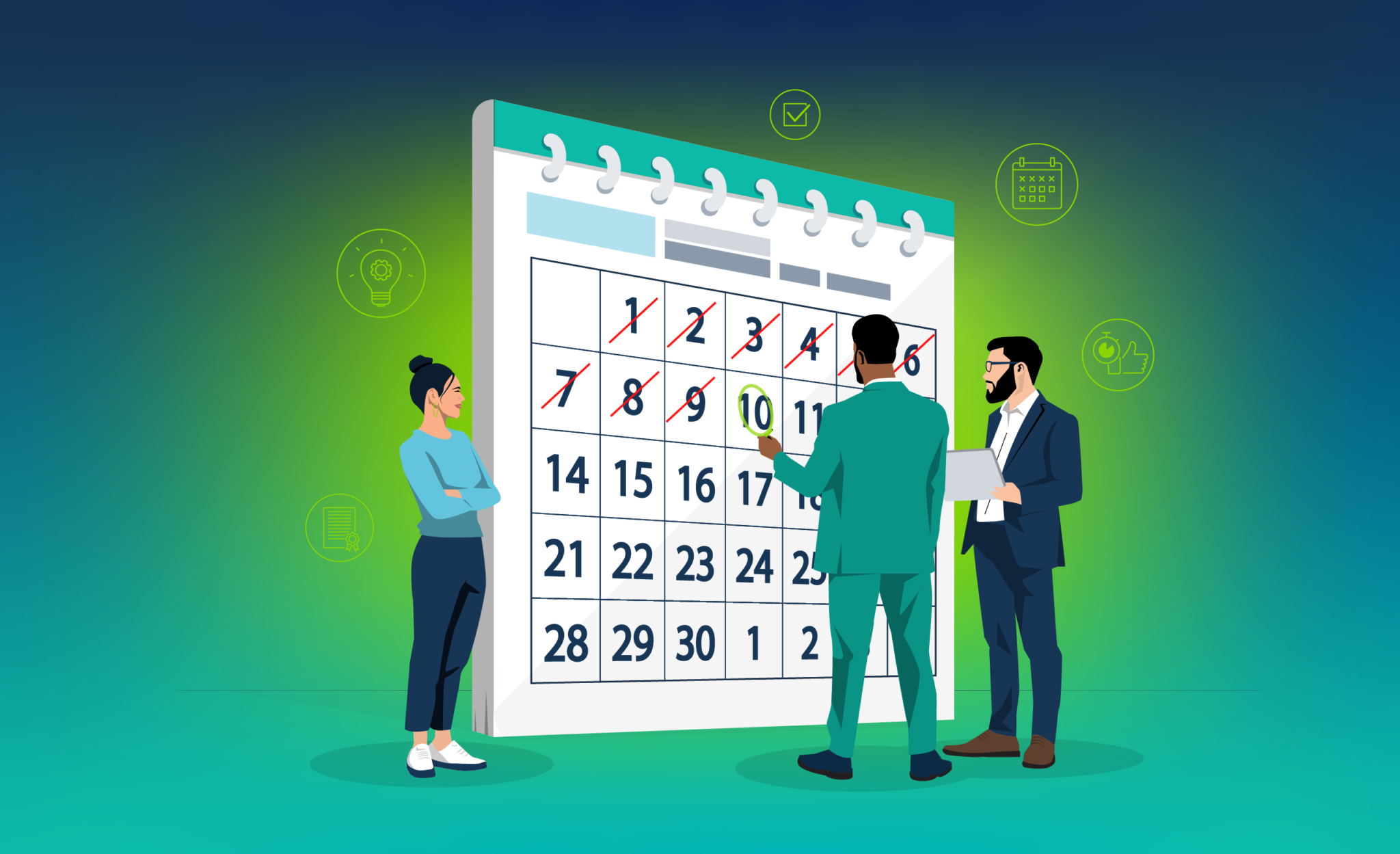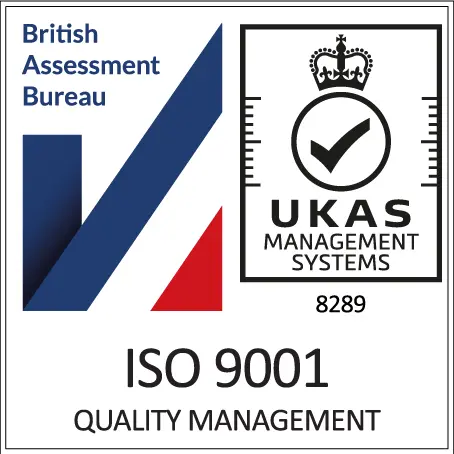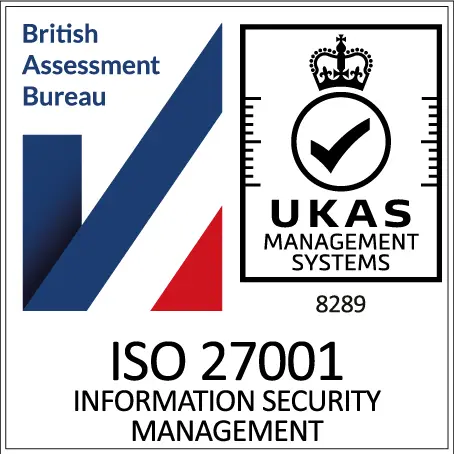
Employee onboarding is an opportunity to roll out the red carpet for your new hires. Get it right and you’ll have them feeling like VIPs from day one, setting the stage for a successful and rewarding journey.
Get it wrong, however, and you’ll leave your new hires feeling disillusioned and disappointed. Alarmingly, 20% of employee turnover happens during their first 45 days. That’s a fifth of your workforce gone in a flash.
Locking your new recruits in a room to watch a grainy old induction video is no longer sufficient. More has to be done. Unfortunately, 76% of HR professionals feel like their organisation undervalues onboarding.
So, what can you do to build an onboarding programme that’s so smooth, new hires feel like they’ve always belonged? Well, this article outlines a four-stage process, packed with best practices and technological solutions, to help you achieve this goal.
Let’s get started.
What is Onboarding?
Onboarding is the supportive journey that guides new employees through their initial experience with an organisation. This process should help them to feel welcome, informed, and equipped for success.
A good onboarding process goes beyond pointing out where the bathroom is and how the coffee machine works. Instead, this employee lifecycle stage acts as an alignment tool, helping your new recruits to understand their position and job requirements.
Remember your first day at your current company? Perhaps you felt a surge of giddy joy. More than likely, however, you felt a tinge of nervousness. Maybe you were worried about whether you were prepared for this new chapter in your life.
This isn’t an unnatural feeling. In fact, 81% of new hires share this apprehension.
Fortunately, a well-structured onboarding programme acts like an anxiety annihilator. It does this by integrating new recruits into the wider team, making them feel valued, and helping them to shine. More on this shortly, but first, let’s make a distinction.
Types of Onboarding:
Onboarding isn’t just for new employees. This critical process happens in a variety of contexts and involves various stakeholders. With this in mind, here are some different types of onboarding that you should be aware of.
- Customer Onboarding: A positive customer experience begins with effective onboarding. To help new customers extract as much value as possible from your products and services, you should offer personalised support, interactive tutorials, and ongoing communication.
- Partner Onboarding: A partner onboarding process is essential if you work with other organisations to sell and deliver your products and services. This involves collaborative efforts like joint training sessions and marketing plan development.
- Reboarding: This process applies to employees returning to work after a period of absence, such as a sabbatical, parental leave, or a career break. Reboarding focuses on reintegrating them into their team and getting them back up to speed.
In this article, we’ll be focusing on employee onboarding. This is the process of integrating new hires into a company. Next, let’s build a case for this valuable approach.
Why is Employee Onboarding Important?
Why invest time and resources into employee onboarding? Wouldn’t it be more efficient to simply throw new employees ‘in the deep end’ and see who can swim?
Well, first impressions matter. According to SHRM, effective onboarding programmes lead to a 58% increase in employee retention. This, in itself, strongly justifies your investment. However, there are a host of other benefits to be aware of:
- Improved Engagement: By acclimating, connecting, and informing new hires, you significantly boost their engagement. Notably, research indicates that positive onboarding experiences improve long-term employee satisfaction by 2.6 times.
- Better Productivity: Effective onboarding programmes help your new hires to get up to speed quicker. This reduced time to competency has been linked to a 62% boost in productivity. Not too shabby, right?
- Cost Savings: The average cost of recruiting and onboarding a new employee is estimated to be $4,700. High employee turnover means you’re flushing a lot of money down the drain. Thankfully, we’ve seen that good onboarding programmes improve retention, thereby leading to substantial cost savings.
- Stronger Company Culture: 79% of employees agree that their onboarding process helped them to understand their new company’s culture. This alignment helps to forge stronger connections to your organisation’s mission, vision, and values.
All of these benefits are likely to have a positive impact on your bottom line. In fact, research suggests that organisations with effective onboarding programmes enjoy 2.5 times stronger revenue and 1.9 times greater profit margin than those who don’t.
What are the Stages of Employee Onboarding?
Employee onboarding isn’t a one-off event, it’s a journey. 89% of organisations complete this process within three months. However, it often takes a year or more for employees to reach their full potential. You’ll need to offer continuous support to guide their progression.
A successful onboarding process typically involves four key stages.
1. Preboarding

Preboarding begins immediately after a candidate accepts your job offer. It’s a crucial first step in the onboarding process and your opportunity to set the tone for everything that’s to follow. Don’t stumble at the starting line.
At this stage, you should seek to build excitement, address any concerns, answer questions, and prepare your new hire to hit the ground running. Ultimately, you’re looking to validate their decision to join your company.
Your preboarding checklist should include these activities.
- Send a Welcome Email: Send your new recruit a warm welcome email introducing the team and expressing excitement about their arrival. This is also a great opportunity to address any common first day questions.
- Sort the Paperwork: Provide access to all necessary paperwork (for instance, tax forms and benefit enrollment forms) electronically. Where possible, encourage your new starters to complete these forms before arriving on their first day.
- Setup the Technology: Ensure all equipment (laptops, phones, etc.) and necessary accounts (email, software, etc.) are ready for use from the get-go. Few moments dampen first-day enthusiasm like witnessing an unprepared workstation.
- Virtual Meet & Greets: Consider setting up brief virtual introductions with team members using a video conferencing tool. This helps to foster early connections and encourage knowledge sharing.
- Initial Learning: Empower new hires by providing access to useful resources such as company handbooks, presentations, and introductory videos before their start date. This will help them to build knowledge and confidence before their first day.
- First Day Schedule: Finally, provide your new recruit with a clear itinerary for their first day (or, better still, their first week). You should include meeting schedules, lunch arrangements, and any other relevant information.
2. Orientation
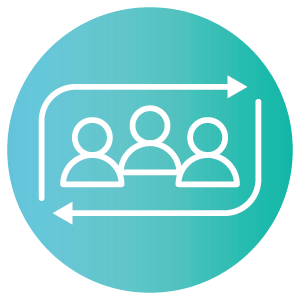
Orientation begins on the employee’s first day and typically spans between a few hours and a full week. Here, you’ll look to equip new hires with essential information and foster a sense of belonging that fuels their future successes within your organisation.
The key components of an effective orientation include:
- Workplace Tour: If applicable, conduct a tour of the employee’s new working space. Take care to highlight key areas such as break rooms, meeting rooms, and common areas. This will help them to feel more comfortable in their new environment.
- Team Introductions: Introduce your new starter to their immediate team members and key collaborators. Encourage social interaction and consider using icebreaker activities to foster strong working relationships.
- Company Overview: Provide an overview of your company with a focus on its mission, vision, values, and culture. Your new starter should come away with a good understanding of your organisation’s purpose and how they can contribute to it.
- Policy Review: Clearly review key company policies, such as time-off, expenses, workplace conduct, and so on. Ensuring the employee knows what the expectations are will help them to navigate your workplace effectively.
- Q&A Opportunities: At this stage, dedicate time for any questions or concerns your new hire may have. This open forum ensures clarity and will help to prepare them for the next stage in their onboarding journey.
Keep in mind that your new hires will be bombarded with information throughout their first few days. Unfortunately, the forgetting curve suggests that they’ll forget a lot of what they learn.
What they won’t forget, however, is how they felt. This should be your area of focus.
3. Training
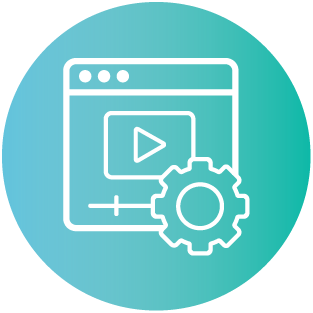
With orientation complete, it’s time to delve deeper.
The training stage focuses on developing role-specific competencies alongside any required technical skills. Once complete, new hires should understand what’s expected of them and how they can successfully perform these duties.
Potential training activities include:
- Job Shadowing: New hires may benefit from observing more experienced employees in action. This firsthand experience provides valuable insights into how daily tasks are handled, priorities are juggled, and team members collaborate.
- Mentorship Programmes: You can take job shadowing a step further by pairing new hires with an experienced mentor. Mentors should be prepared to share their expertise and provide ongoing guidance and support.
- Hands-On Training: One of the best ways to learn is through experience. Provide opportunities for new starters to apply what they’ve learned in a safe environment. Be ready to offer guidance and feedback to help them refine their skills.
- Workshops: For important training topics, consider providing instructor-led workshops or classroom sessions. These interactive formats can enhance engagement through focused discussions, Q&A, and hands-on activities.
- Online Courses: Leverage eLearning courses and online platforms to improve training accessibility and flexibility. As a result, your new starters will be able to learn at their own pace. We’ll return to the role of technology in employee onboarding shortly.
4. Integration
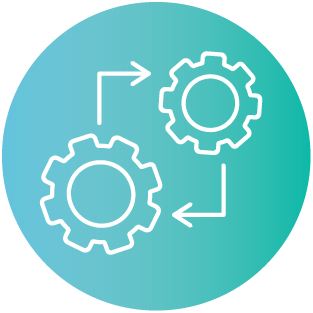
With training complete or ongoing, it’s time to make sure your new recruit is seamlessly integrated into their team and wider organisation. Here, you should focus on igniting their passion and setting the stage for long-term engagement.
To facilitate a smooth integration, consider adopting the following strategies:
- Continuous Learning: Learning doesn’t stop once the employee’s initial onboarding training programme comes to an end. Instead, you should ensure they have access to ongoing learning and development opportunities that boost their skills and knowledge.
- Team Activities: Organise team lunches, social events, field trips, and other activities that help to turbocharge team spirit. Creating opportunities for informal interaction helps employees to feel connected and valued. In turn, this will improve their motivation levels.
- Buddy Assignment: Consider implementing a buddy system by pairing each new hire with an experienced employee. Buddies can provide valuable guidance, answer questions, and help new starters to build connections within their team.
- Regular Check-ins: Don’t assume that your new hires have all managed to hit the ground running. Conduct regular check-ins to collect their feedback. This will also give you the opportunity to proactively address any concerns they may have.
- Employee Survey: Alongside check-ins, use surveys and other feedback mechanisms to gather information about your onboarding experience. This data is an invaluable resource for validating your approach or identifying areas for improvement.
The integration stage doesn’t have a defined endpoint. You can consider it complete when the new hire feels fully integrated into their team, is performing effectively in their role, and contributing to your company’s success. Then congratulations will be in order!
Employee Onboarding Best Practices

We’ve explored the key steps for effective employee onboarding. But what if you want to go the extra mile to delight and excite your new recruits? With this in mind, let’s explore some advanced strategies for improving the initial stages of your employees’ journey.
- Welcome Kit: Instead of a simple welcome email, go all out and send a full welcome pack. This could include a personalised letter, your employee handbook, and some exciting company swag (more ideas here). This thoughtful gesture will help new hires to feel valued from the very beginning.
- Create a Structured Plan: Don’t try to ‘wing’ the onboarding process. Develop a clear and well-thought out plan that outlines key milestones, timelines, and responsibilities for both the new hire and their manager. This will provide clarity for all involved.
- Avoid Overload: This principle applies to all training programmes, but is particularly relevant to onboarding initiatives. Avoid overwhelming your new hires with information. Remember, our cognitive faculties have their limits. Space out your training sessions and leave room for breaks.
- Gamify the Experience: Enhance engagement by using gamification throughout the onboarding process. Game mechanics like experience points, badges, and leaderboards make learning more fun and can help to motivate your new hires.
- Make it Social: Onboarding multiple employees at once? Consider setting up cohorts to encourage social learning and team building. These small groups connect learners together so they can share experiences and build a sense of community.
- Refine Your Process: It’s unlikely you’ll get your onboarding process right the first time. Continuous improvement is key. Regularly gather feedback from your new hires and use this information to refine your approach. Don’t rest on your laurels.
Our primary recommendation, however, is to use technology to your advantage throughout your employee onboarding programmes. This brings us neatly to our final section.
The Role of Technology in Employee Onboarding
Technology is a game-changer for onboarding programmes. After all, it unleashes new levels of flexibility and convenience. It enables access to essential resources and learning materials from anywhere, helping new starters to learn at their own pace.
By automating tasks, enhancing communication, and personalising the journey, technology empowers organisations to create even more effective onboarding experiences. Perhaps this explains why 68% of HR professionals plan on using onboarding technology in the future?
So, how can you put technology to work for you? Here are some options to consider:
- HR Systems: These systems manage a variety of HR functions, including payroll, benefits, and onboarding. Where possible use your system’s automated workflows (or set up new ones) to streamline administrative tasks like paperwork, background checks, and benefit enrollment.
- Onboarding Software: For a truly streamlined experience, or to manage onboarding in a high turnover industry, consider investing in dedicated software. These platforms use communication tools and automated workflows to enhance the learning process and track activity.
- Learning Management Systems: LMSs enable self-paced learning through a centralised library of online training modules, assessments, and other resources. Why not use your learning management system as a repository for all onboarding-related training materials?
- Communication Tools: Ease communication between new hires, managers, and team members by embracing communication apps (such as Teams and Slack) and virtual conferencing solutions (such as Zoom and Webex). These tools are especially valuable for remote or hybrid teams.
Final Words
An effective onboarding programme is your chance to make a memorable first impression. It’s the difference between a flying start and a faceplant. But striking the right balance can also be difficult. How do you avoid overwhelming your new hires?
Thankfully, there’s a tried and tested four stage process that works wonders, alongside a variety of best practice tips. With a clear structure, checklists in place, and technology at the ready, you’ll soon create an exceptional onboarding experience.
And if you can achieve this, you’ll boost employee retention, engagement, and productivity. In fact, this sort of positivity is infectious. Consider it your launchpad for long-term success. Now let’s make it happen.
Thanks for reading. Onboarding is just one part of the employee training puzzle. For a full breakdown, alongside 165 tips and tricks, download ‘The L&D Professional’s Handbook’ now.

